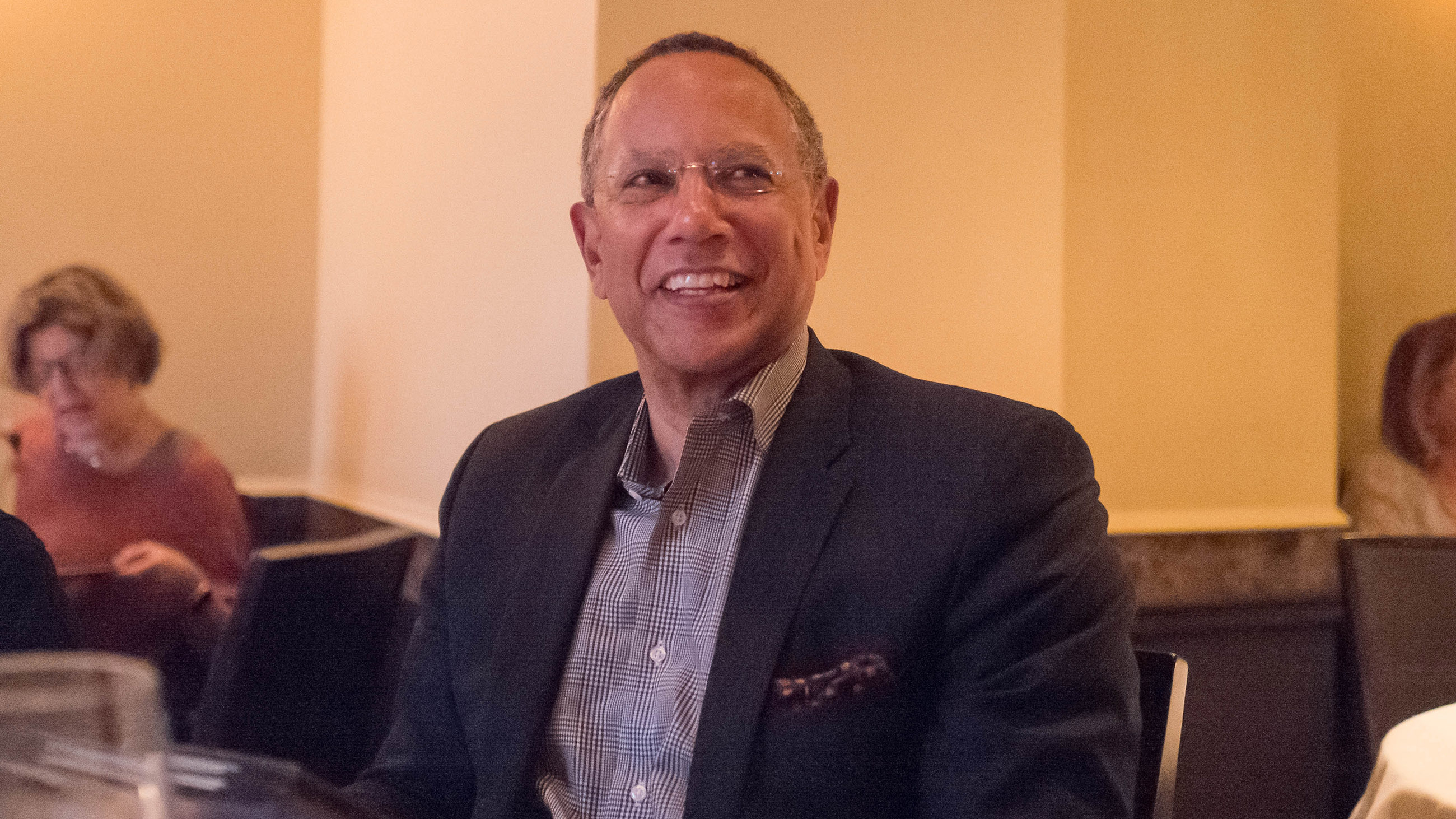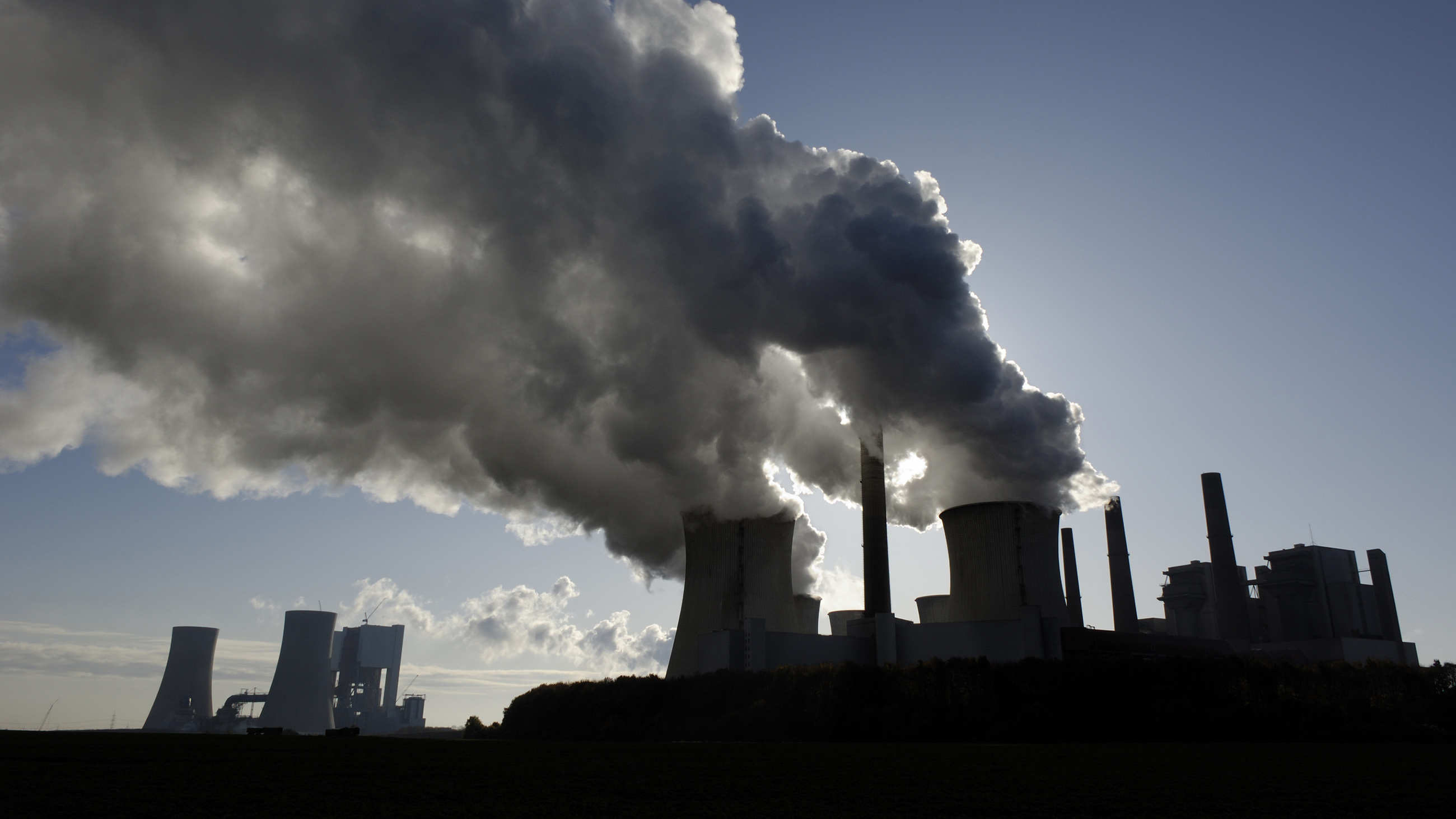The New York Times Reboots Its Climate Coverage
The New York Times announced today that it was looking for a climate change editor to lead a team dedicated to making “the most important story in the world even more relevant.” The group will be one of three new teams — the other two are education and gender — that will place heavy emphasis on digital innovation and new storytelling formats like newsletters, podcasts, and data visualization.

Climate change, gender, and education play a giant role “in so many other stories, including economics and inequality and race and politics,” executive editor Dean Baquet wrote in a memo to the staff. “Lots of places write about these topics, many very well. But few are able to bring our level of on-the-ground reporting and digital storytelling prowess to these subjects.”
Though The Times says it will be “ramping up coverage” with this new position, many will undoubtedly see it as a reboot. In 2013, the newspaper disbanded its four-year-old environmental desk, a controversial decision that critics called a reflection of the news industry’s shift away from specialized science coverage. (Education coverage was similarly restructured.)
Susan Chira, a deputy executive editor at The Times, wrote in an email that the new effort “should be thought of as distinct from what we’ve done in the past.” The Times, she said, “is moving as fast as we can toward new forms of journalism while retaining our commitment to the standards and values that have always animated us. That means much more of an emphasis on visual storytelling, our signature graphics, videos, and data visualization, just to name a few.”
She noted that a readership survey last year “showed our readers do rely on us for climate stories — and the survey showed enormous reader interest in the environment, as well as gender and education.”
Dan Fagin, director of New York University’s Science, Health, and Environmental Reporting Program, and a member of the Undark advisory board, said the decision to create a climate-change “vertical” made sense, given that readers are increasingly being funneled — whether by algorithm or personal preference — to coverage focused on specific topics like global warming.
“The construction of a vertical is a very rational response to the way news readers are consuming information,” he said. Specialized climate coverage could help the paper attract legions of new readers, which is “good for democracy, good for journalism, good for everyone.”
Still, he warned that “you always run the risk, when you carve out a space, of ghettoizing the topic.” And that might mean that “casual readers could be less likely to see climate news.”
Chira said the journalism produced by the new teams would “be promoted on all our platforms, so readers will have a chance to discover them and will not have to go to some specially designated page alone.”
She added: “We chose these three topics because of their journalistic importance and because we believe they lend themselves to these new forms. But we also see an opportunity to model a new kind of desk — one that could be led by journalists who are not necessarily rooted in written journalism, one that includes a clear sense of what audience we’re trying to reach, one that gives equal power and authority to visual journalists and contains a different mix of editors and reporters.”











Comments are automatically closed one year after article publication. Archived comments are below.
The Additional amount of warming world wide since the 1800’s has been largely in spite of variations in solar Short Wave Radiation / energy out put. **Recently we have been in a weakened solar output & yet setting record hot year after record hot year.
15 out of 16 since 2000.
…..RANK
1 = WARMEST
PERIOD OF RECORD: 1880–2015 YEAR ANOMALY °C ANOMALY °F
1 2015 0.90 1.62
2 2014 0.74 1.33
3 2010 0.70 1.26
4 2013 0.66 1.19
5 2005 0.65 1.17
6 (tie) 1998 0.63 1.13
6 (tie) 2009 0.63 1.13
8 2012 0.62 1.12
9 (tie) 2003 0.61 1.10
9 (tie) 2006 0.61 1.10
9 (tie) 2007 0.61 1.10
12 2002 0.60 1.08
13 (tie) 2004 0.57 1.03
13 (tie) 2011 0.57 1.03
15 (tie) 2001 0.54 0.97
15 (tie) 2008 0.54 0.97
Legitimate Science had been warning about the massive & unrestrained pumping of industrial waste products gasses and chemicals into our atmosphere & back yards for that matter…for decades & decades.Note the 1958 Report to President Eisenhower & the 11/5/1965 Report, Warning, and Projections to President Johnson. How could ANY rational human being think that there would be no price to pay for the massive pumping of these wastes into our atmosphere ?